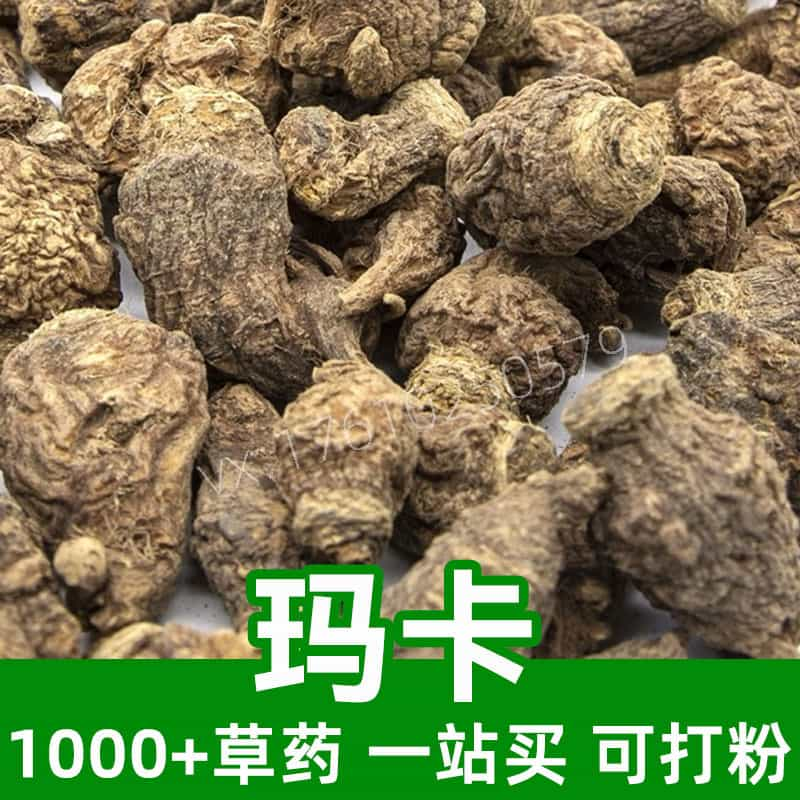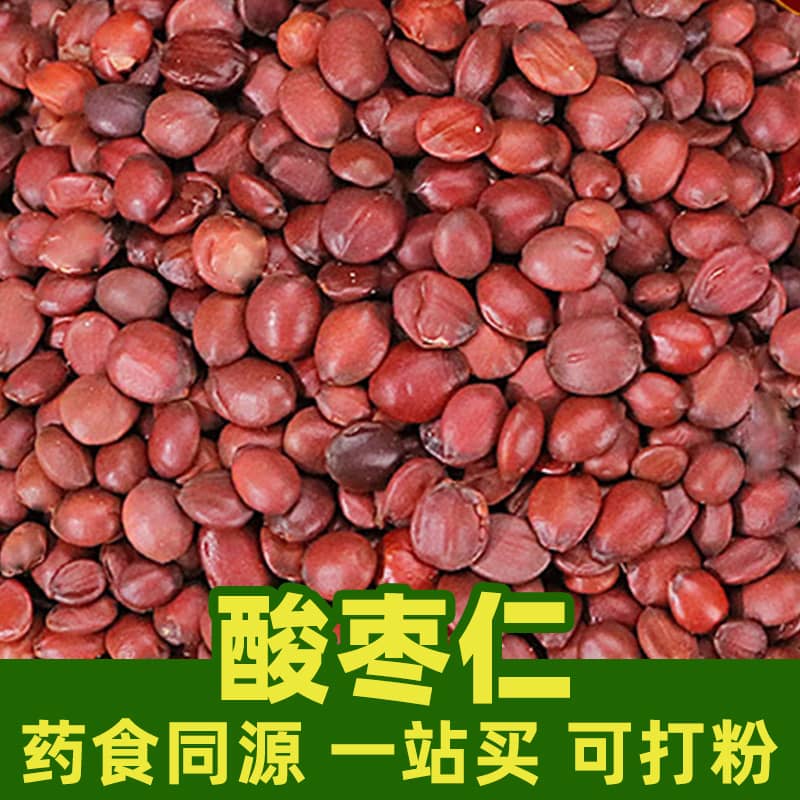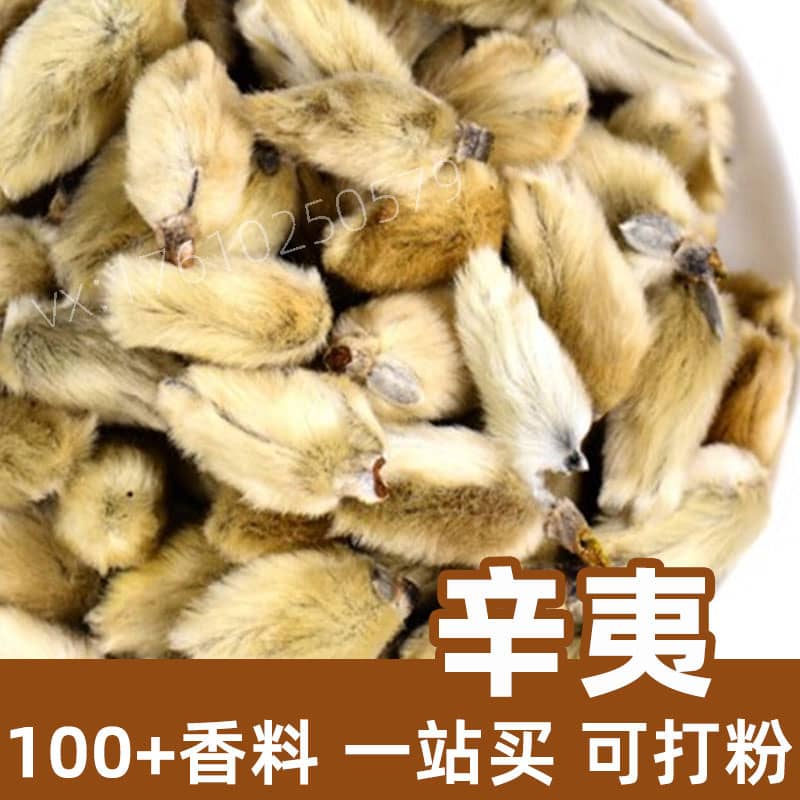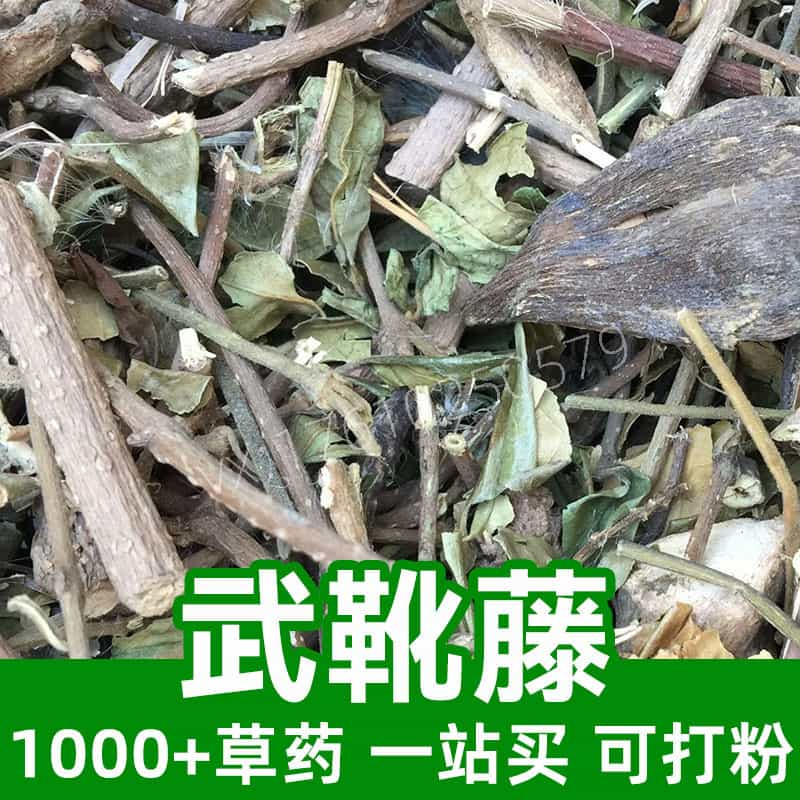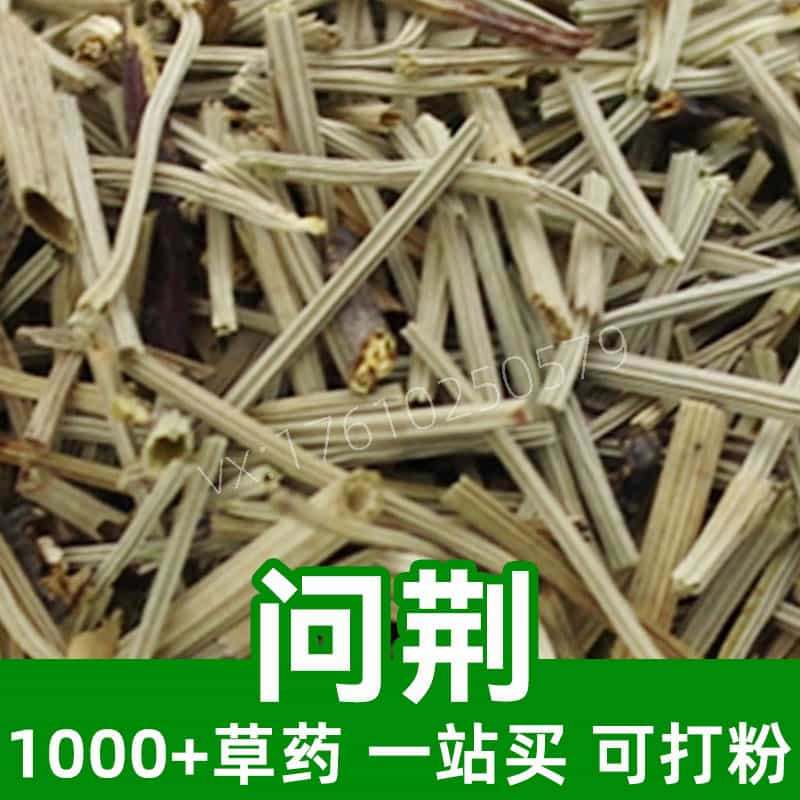Product Introduction
Sword bean is a vine-like, erect leguminous plant with developed roots, slender and curved stems, and alternate, pinnately compound leaves. The fruit is a pod, slightly curved and sword-shaped, covered with sparse long hairs. The seeds are numerous, flat, and round, typically brown or dark brown in color.
The scientific name of the sword bean is Canavalia gladiata, belonging to the legume family. It mainly grows in tropical and subtropical regions such as Asia, Africa, and the Americas.
Sword bean is rich in protein, carbohydrates, dietary fiber, and various minerals. It also contains high levels of vitamin C, vitamin A, and antioxidants.
Main Active Ingredients
Sword bean contains rich nutritional components. It is high in protein, carbohydrates, and dietary fiber, making it a nutrient-rich plant food.
Sword bean also contains vitamin C, vitamin A, and various minerals such as calcium, iron, and zinc.
Application Scenarios and Usage
Sword bean's edible parts are mainly the pods and seeds.
Sword bean pods are often used in cooking or processed into dishes, such as stir-frying, stewing, boiling, or steaming. They have a crispy texture and are nutritious, making them suitable as side dishes or ingredients in meat dishes.
Sword bean seeds can be cooked and eaten as food. Before cooking, they can be boiled or steamed. The seeds are rich in protein and carbohydrates, serving as a staple food or supplementing plant protein.
Sword beans can also be used to make soy milk, tofu, and other soy products or processed into sword bean powder and sword bean noodles.
Specific usage and dosage can be adjusted according to different recipes and personal tastes.
Source Plant Introduction, Distribution, and Growth Environment
The scientific name of the sword bean is Canavalia gladiata, belonging to the legume family. It mainly grows in tropical and subtropical regions such as Asia, Africa, and the Americas.
Sword bean is highly adaptable and can grow in various soil types, but it prefers loose, well-drained soil. It thrives in warm and humid climates, with an optimal growth temperature of 25-30°C.
Harvesting, Processing, and Storage
Sword bean pods should be harvested when mature and cleaned and dried promptly after harvesting.
Sword bean pods should be stored in a cool, dry place, avoiding direct sunlight to extend their shelf life.
Storing sword bean seeds is also crucial. Seeds should be stored in a dry, ventilated area to avoid moisture and mold. During storage, regularly check and remove any spoiled or infested pods or seeds.
Monica Sun is a seasoned expert in the natural raw materials industry, with over a decade of experience specializing in traditional Chinese medicinal herbs, spices, and fungi. She is skilled in the sourcing, processing, and application of these materials, emphasizing sustainability and innovation. Monica Sun has contributed to the development of high-quality natural raw materials that serve as essential components in functional foods, pharmaceuticals, and cosmetics, delivering tailored solutions to meet diverse market needs.









